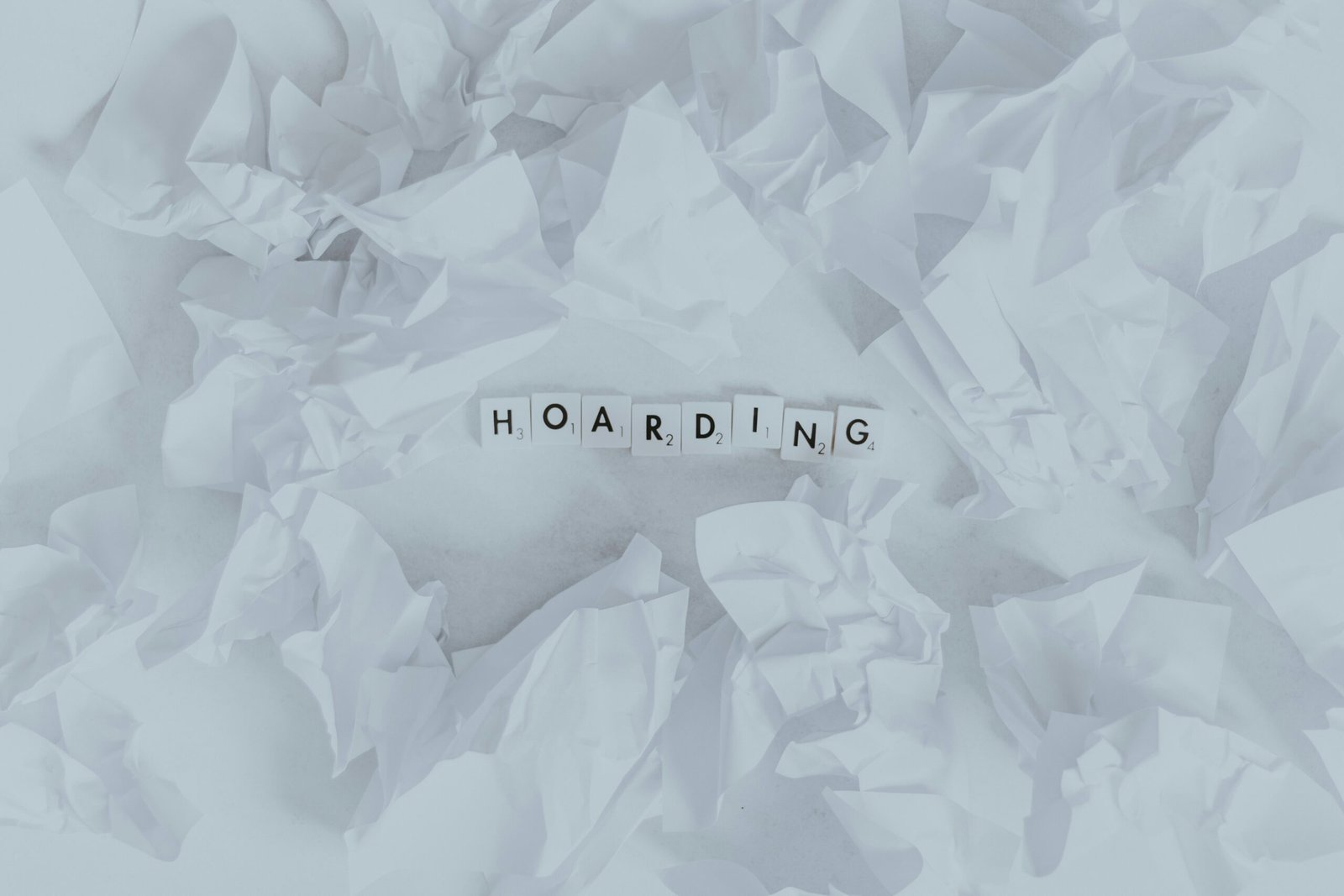Stages of Hoarding is a complex disorder that can have significant impacts on an individual’s life and well-being. It is important to recognize that hoarding progresses through different stages, with each stage being more severe than the previous one. By understanding these stages, we can better comprehend the challenges faced by individuals affected by hoarding disorder.
Hoarding disorder is a psychological condition characterized by the persistent difficulty in discarding or parting with possessions, regardless of their actual value. This difficulty leads to an accumulation of items that can congest and clutter living spaces, severely disrupting normal daily activities and causing significant distress or impairment.
Key Characteristics of Hoarding Disorder
- Excessive Accumulation: Individuals with hoarding disorder tend to accumulate items over time, often purchasing or saving things they do not need or that have no space for. The items can range from newspapers and books to clothes and collectibles, often resulting in stacks or piles that can take over their living spaces.
- Difficulty Discarding Items: A hallmark of hoarding disorder is the pronounced difficulty in discarding items. This is often due to a perceived need to save them for future use, sentimental attachment, fear of losing important information, or a belief that the items have intrinsic value.
- Cluttered Living Spaces: As a result of excessive accumulation and difficulty discarding items, the living spaces become cluttered to the point where they can no longer be used for their intended purpose. For example, kitchens or bathrooms may become unusable, and beds or sofas may be piled with items, making them unfit for sleeping or sitting.
- Distress or Impairment: The clutter and inability to discard items cause significant distress or problems in daily functioning. This might include hygiene issues, safety hazards, strained relationships, and social isolation.
- Recognition of the Problem: Unlike other conditions, many people with hoarding disorder recognize the problematic nature of their behavior. However, this recognition does not necessarily empower them to change their behaviors.
Stages of Hoarding 1: Minimal Indicators
At this stage, hoarding behaviors may not be readily apparent. There may be a few indicators, such as excessive clutter or difficulty discarding possessions. However, the impact on daily functioning is minimal, and the living space remains relatively functional.
Stage 2: Noticeable Object Collection and Embarrassment
In stage 2, the stages of hoarding behavior becomes more noticeable. The individual starts accumulating a significant number of objects, which can lead to cluttered living spaces. They may experience embarrassment or discomfort when visitors come to their home, as the clutter becomes more apparent.
Stages of Hoarding 3: Declining Hygiene and Limited Space
As hoarding progresses to stage 3, the impact on the living environment becomes more pronounced. Odors, poor hygiene, and narrowed hallways may be evident. The cluttered space makes it challenging to maintain cleanliness and order, leading to further deterioration of the living conditions.
Stage 4: Structural Damage and Unusable Rooms
In stage 4, the stages of hoarding behavior reaches a critical point. The excessive accumulation of objects can cause structural damage to the home. Sewage issues may arise, and certain rooms may become completely unusable. The living conditions become increasingly hazardous and unlivable.
Stage 5: Extreme Hazards and Complete Dysfunction
At the most severe stages of hoarding, stage 5, the living conditions become extremely dangerous. Fire hazards, lack of electricity or running water, and the accumulation of human waste may be present. The individual’s quality of life is significantly impacted, and the home becomes uninhabitable.
Understanding the progressive nature of hoarding can help us approach the disorder with empathy and compassion. It is essential to provide support and resources to individuals affected by hoarding disorder at any stage, as early intervention can make a significant difference in their lives.
Understanding the stages of hoarding disorder highlights the importance of tailored interventions that respect the dignity and autonomy of the affected individual while addressing the escalating risks associated with the disorder. By offering targeted support at each stage, it’s possible to not only improve the living conditions of those affected, but also enhance their overall well-being and quality of life. Early and compassionate intervention is the key to preventing the progression to more severe stages.
If you are interested in our services, click here.

